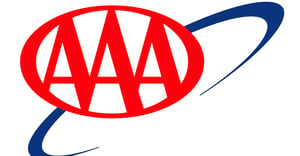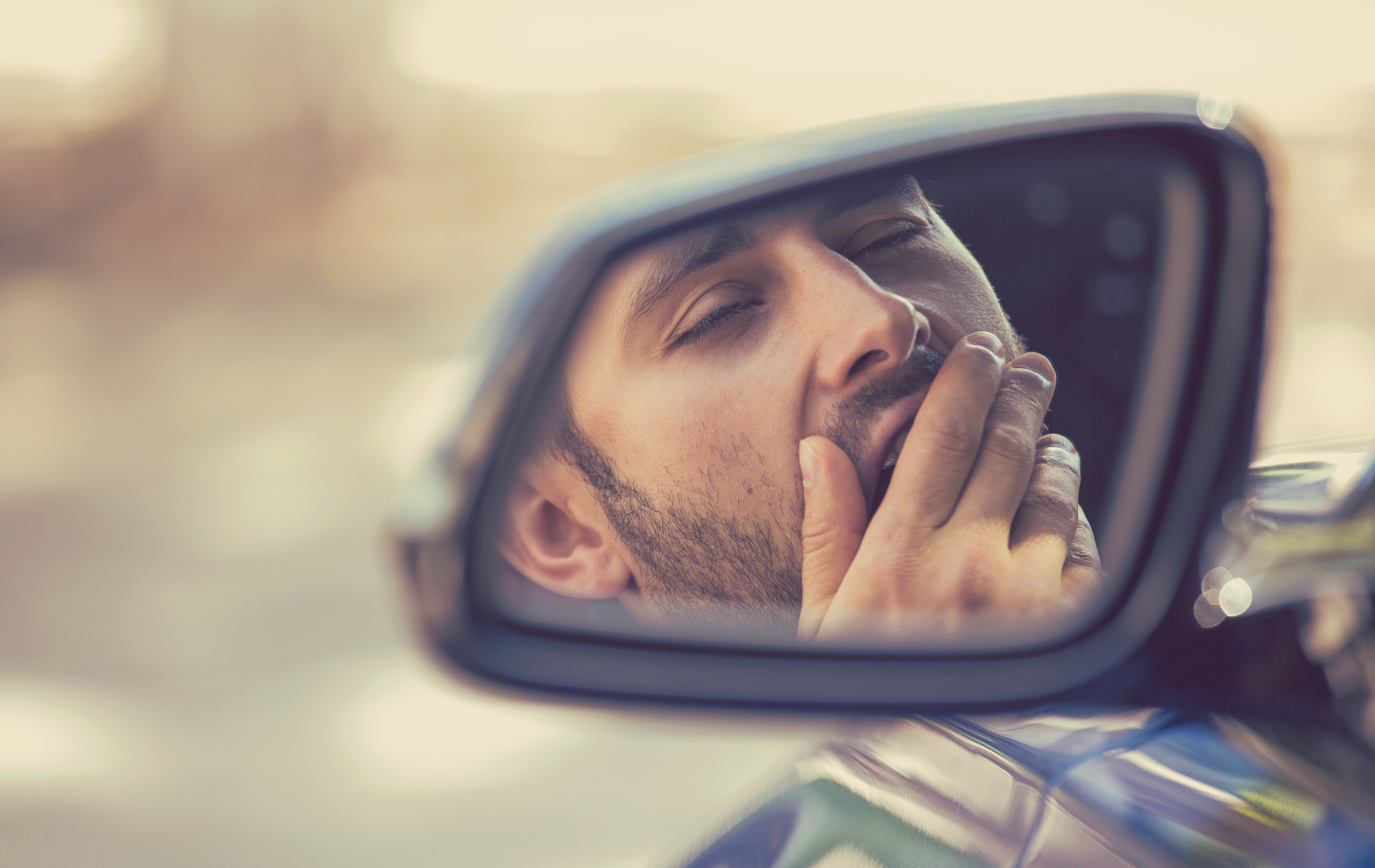
New AAA Research Shows Fatalities Due to Drowsiness 10X Higher Than Reported
DEARBORN, Mich., (March 7, 2024) — With Daylight Saving Time approaching (Sunday, March 10 at 2 AM), the darker mornings and lost hour of sleep will lead to more drowsy drivers. Soon-to-be-published research from the AAA Foundation for Traffic Safety reveals the shocking lethality of drowsy driving. The study, based on in-depth crash investigations and national fatal crash data, estimates that drowsy driving is a factor in roughly ten times as many traffic fatalities as traditional crash data indicates.
“This study should be a wakeup call for drivers to not underestimate the dangers of drowsy driving,” said Adrienne Woodland, spokeswoman, AAA – The Auto Club Group. “Whether you’re driving to work or taking the family on a road trip, stay alert or get off the road.”
According to the new Foundation study, drowsy drivers were involved in:
- 18% of all traffic fatalities between 2017 and 2021, accounting for nearly 30,000 deaths.
- 6,725 estimated deaths in 2021 alone.
These figures are far higher than official government statistics, highlighting the underreported nature of drowsy driving crashes. According to NHTSA, there is agreement across the traffic safety, sleep science, and public health communities that the impact of drowsy driving is underestimated.
Drowsiness impairs drivers in different ways:
- Reduced alertness: Makes it harder to react quickly to hazards. Just one hour less than the expert-recommended minimum of 7 hours of sleep increases a driver’s risk of crashing.
- Impaired judgment: Increases the risk of making poor decisions on the road. Sleep deprivation increases a driver’s risk of making many ordinary mistakes, leading to crashes. Those deprived of sleep by 4+ hours have an impairment similar to those over the legal BAC limit.
- Hazardous Microsleeps: Can cause momentary lapses in consciousness, leading to loss of control of the vehicle and failure to respond to dangers on the road.
- Self-Perception of Drowsiness: Previous Foundation research found that drivers often underestimate their drowsiness, putting themselves and others at risk.
Warning Signs of Drowsy Driving
According to the CDC
- Frequent yawning or blinking
- Trouble remembering the past few miles driven.
- Missing your exit.
- Drifting from your lane.
- Hitting a rumble strip on the side of the road.
Who’s at greater risk of drowsy driving and related crashes and deaths?
According to the CDC
- Teen and young adult drivers
- Drivers on the road between midnight and 6 a.m. or in the later afternoon.
- Drivers who don’t get enough sleep.
- Commercial truck drivers.
- Drivers who work the night shift or long shifts.
- Drivers with untreated sleep disorders – like sleep apnea, where breathing repeatedly stops and starts.
- Drivers who use medicines that make them drowsy.
What can drivers do to avoid drowsy driving?
- Get enough sleep before driving. Aim for at least seven hours of sleep per night.
- Don't underestimate the power of a quick nap. A 20- to 30-minute nap can significantly improve your alertness.
- Travel at times of the day when you are normally awake. Avoid driving when you are tired or sleepy.
- Listen to your body. If you start to feel tired, pull over and take a break. Don't try to push through it.
- Take breaks every two hours or 100 miles. Get out of the car, stretch your legs, and get fresh air. Plan and identify safe, comfortable places to take breaks. Don’t wait until you’re already feeling drowsy.
- Travel with an alert passenger and take turns driving. Sharing the driving can help you stay awake and alert.
- Avoid heavy meals before driving. Eating a large meal can make you feel tired and sluggish.
- Avoid alcohol and drugs. Both can impair your driving ability. Besides harming driving directly, they can also amplify drowsiness.
AAA supports the development of vehicle technology that can detect drowsiness and prevent drivers from operating a vehicle when impaired. This technology could help to save lives by preventing drowsy driving crashes.
About the AAA Foundation
Established in 1947 by AAA, the Foundation for Traffic Safety is a nonprofit, publicly funded 501(c)(3) charitable research and educational organization. The AAA Foundation’s mission is to prevent traffic deaths and injuries by researching their causes and by educating the public about strategies to prevent crashes and reduce injuries when they do occur. This research informs the development of educational materials for drivers, pedestrians, bicyclists, and other road users.
About AAA - The Auto Club Group
The Auto Club Group (ACG) is the second largest AAA club in North America with more than 13 million members across 14 U.S. states, the province of Quebec and two U.S. territories. ACG and its affiliates provide members with roadside assistance, insurance products, banking and financial services, travel offerings and more. ACG belongs to the national AAA federation with more than 64 million members in the United States and Canada. AAA’s mission is to protect and advance freedom of mobility and improve traffic safety. For more information, get the AAA Mobile app, visit AAA.com, and follow us on Facebook, Twitter and LinkedIn.














